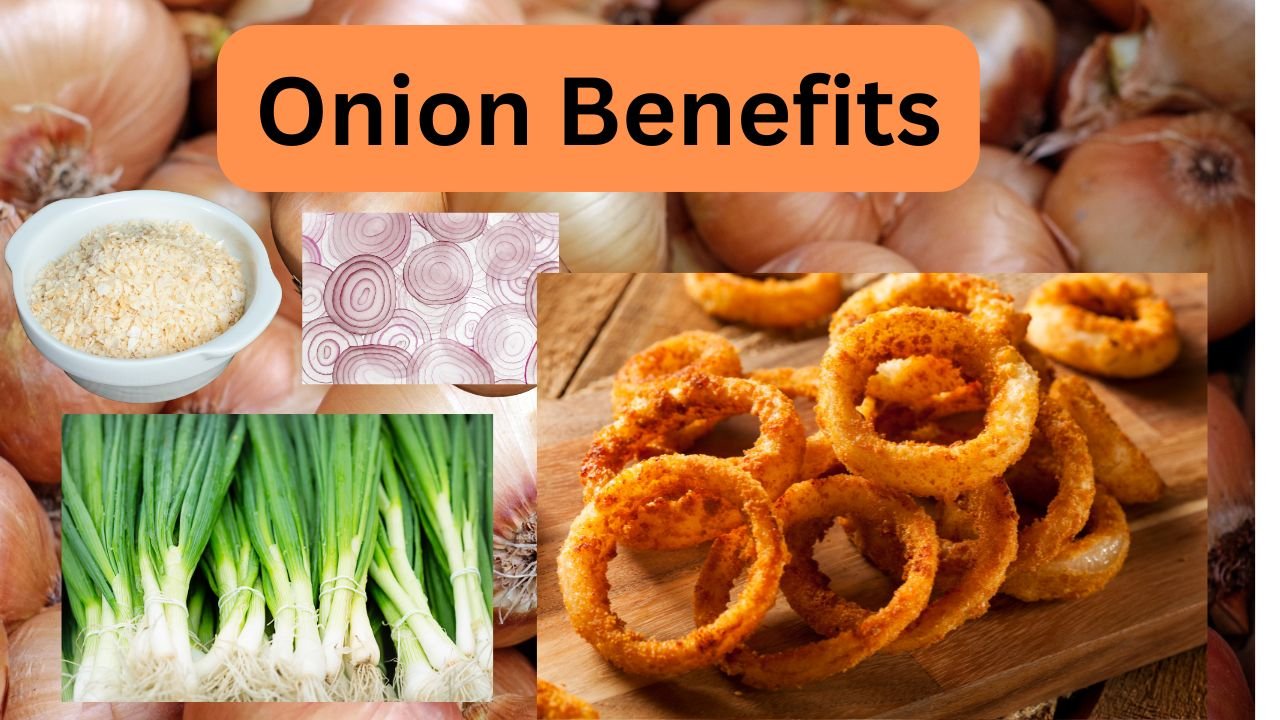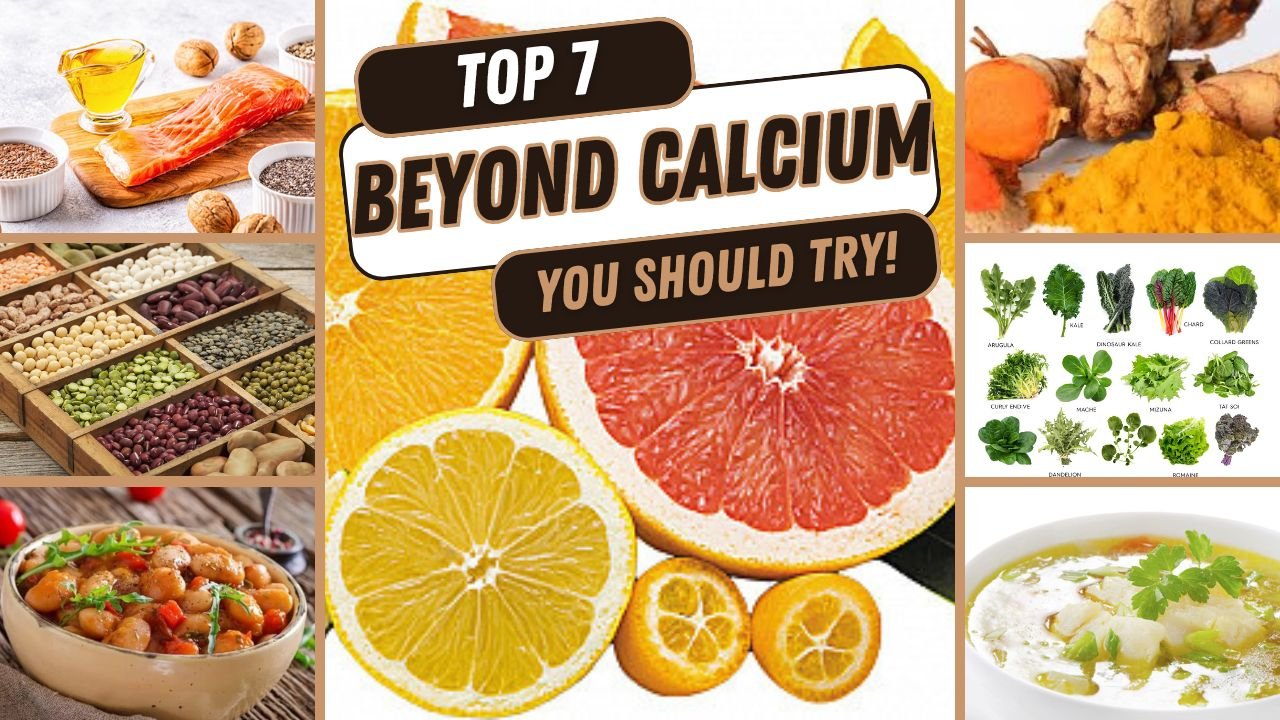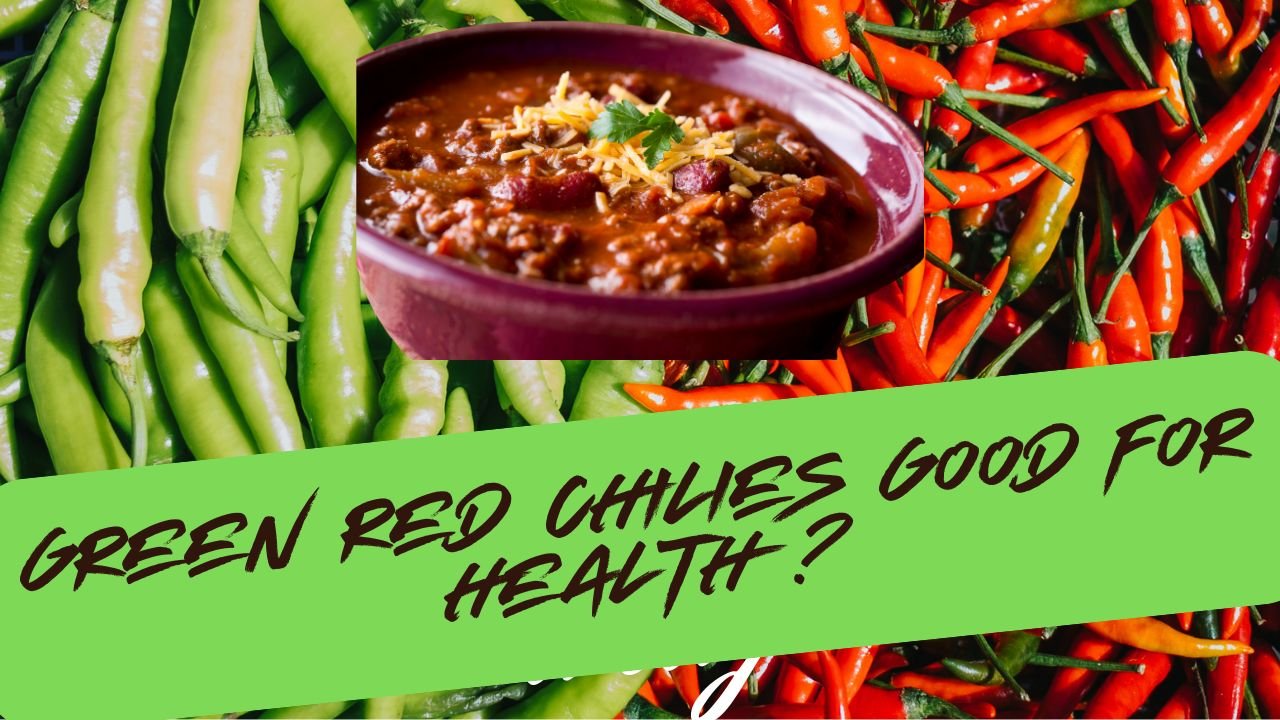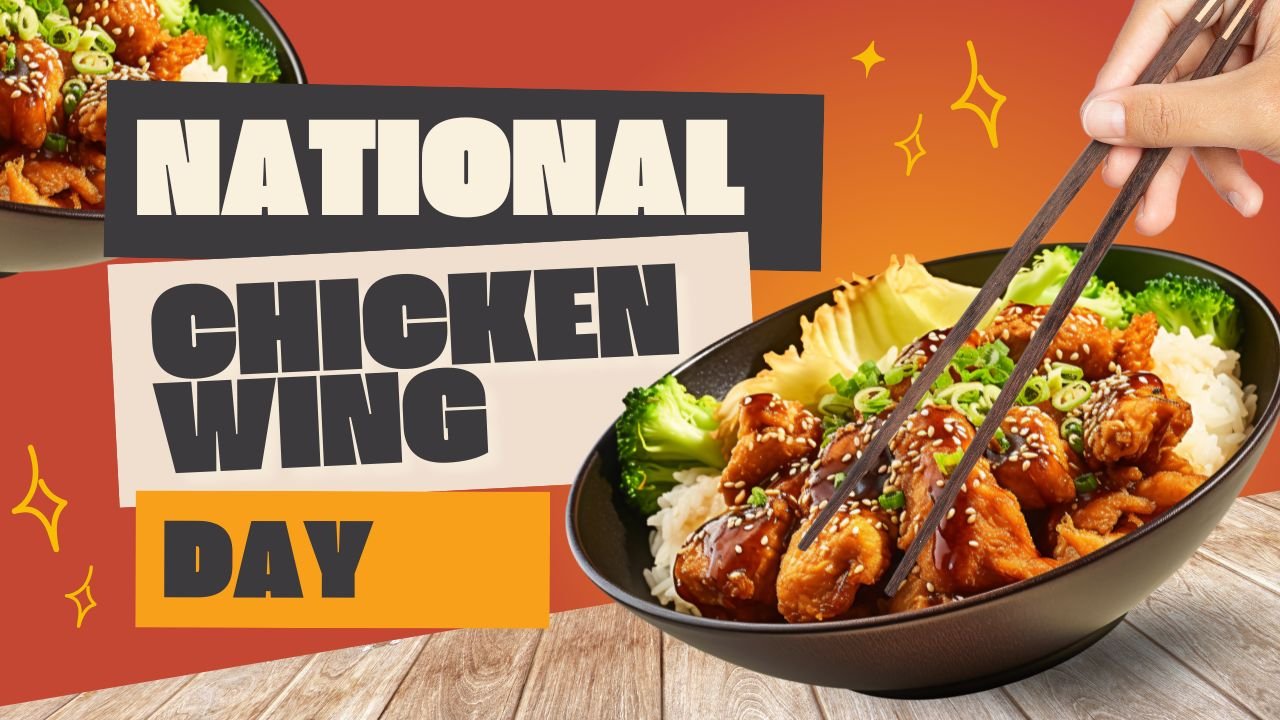Onion Benefits : Your Guide to Health and Flavor
There are lot of onion benefits. For over 7,000 years, onions have been cultivated not just for flavor, but for their healing properties. From ancient Egyptian tombs to modern scientific labs, this vegetable has a surprising impact on our health.
Why Onions Make You Cry (And Why It’s Worth It)
When you cut an onion, you break its cells, releasing enzymes that turn amino acids into sulfoxides. These volatile compounds hit your eyes, mix with tears, and form sulfuric acid—your eyes’ burning defense response. But these same sulfur compounds deliver extraordinary health benefits. Think of it as nature’s trade-off: temporary tears for long-term wellness.
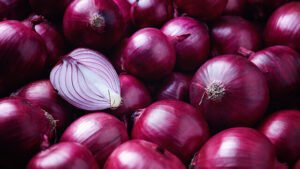
What’s Inside an Onion?
Don’t let its simplicity fool you. A medium onion (110g) contains just 44 calories but delivers:
-
Vitamin C: 12% daily value (immune support)
-
Fiber: 7-10% daily value (digestive health)
-
Folate, B6, Potassium: Essential for metabolism and nerve function
-
Quercetin: A potent antioxidant in red/yellow varieties
-
Anthocyanins: Anti-inflammatory pigments in red onions 128
Table: Onion Nutrition Showdown (per 100g raw)
| Nutrient | Red Onion | Yellow Onion | White Onion |
|---|---|---|---|
| Antioxidants | High
(anthocyanins) |
Medium
(quercetin) |
Lower |
| Calories | 44 | 44 | 43 |
| Total Sugars | 9g | 5.7g | 5.7g |
| Best Uses | Raw in salads,
grilling |
Cooking,
caramelizing |
Salsas,
Mexican cuisine |
Top 5 Science-Backed Health Benefits
-
Health Heart
Onions thin blood naturally, reducing artery-clogging platelet clumping. This lowers “bad” LDL cholesterol and blood pressure. Studies show regular eaters have 20% lower heart disease risk. For best results, eat raw or lightly cooked. -
Blood Sugar Regulator
Chromium in onions improves insulin sensitivity. Diabetic studies reveal that 100g raw onion daily significantly reduces fasting blood sugar. The prebiotic fiber also slows carbohydrate absorption, preventing spikes. 179 -
Cancer-Fighting Warrior
Sulfur compounds and quercetin inhibit tumor growth. Population studies link high onion consumption to reduced risks of:-
Colorectal cancer (31% lower risk)
-
Ovarian cancer
-
Breast cancer
Red onions are particularly potent, with 2× more antioxidants than yellow varieties.
-
-
Bone Density Booster
Postmenopausal women eating onions daily show 5% greater bone density and 20% lower hip fracture risk. Onions reduce oxidative stress that triggers bone loss. Try onion juice for concentrated benefits. -
Immunity & Gut Health Hero
Onions’ prebiotics (inulin and FOS) feed beneficial gut bacteria, producing short-chain fatty acids that:-
Strengthen gut lining
-
Reduce inflammation
-
Enhance immunity
Their antibacterial properties also fight E. coli and S. aureus. 238
-
Where onion can be used:
-
Earache relief: 2-3 drops of warm onion juice in ears (ancient remedy)
-
Hair growth: Onion juice applied to scalp increases circulation and collagen
-
Insect bites: Raw onion reduces swelling and pain
-
Scar fading: Onion extract gels improve scar appearance after 10 weeks.
How to Eat Them: Maximizing Benefits
Raw vs Cooked:
-
Raw: Higher sulfur compounds (antibacterial)
-
Cooked: More bioavailable quercetin (antioxidant)
Tip: Let chopped onions sit 10 minutes before cooking to preserve nutrients.
Ways to Consume:
-
Onion “Tea” for Colds:
Boil peels (rich in quercetin) for 5 minutes. Strain, add honey. Soothes coughs! -
Quick-Pickled Red Onions:
Soak slices in apple cider vinegar + salt. Ready in 30 minutes—perfect for salads and tacos. -
Caramelized Onion Paste:
Slowly cook sliced onions in olive oil until brown. Freeze in cubes for soups, sauces, or toast topping. -
Raw in Dressings:
Mince with lemon juice, olive oil, and herbs for a digestion-boosting vinaigrette.
Types of Onion
1. Red Onions: The Antioxidant
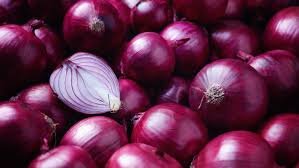
Characteristics: Recognizable by their purple skin and white-tinged-purple flesh, red onions offer a crisp texture and moderately spicy flavor when raw when eaten.
Key Compounds: Highest in anthocyanins and quercetin among common onion varieties.
Health Benefits:
-
Cancer Prevention: Anthocyanins demonstrate strong anticancer activity, particularly against gastrointestinal cancers .
-
Heart Health: Studies show red onions help lower LDL (“bad”) cholesterol and may reduce blood pressure due to their exceptional antioxidant capacity (twice that of yellow onions).
-
Anti-inflammatory Effects: Effective in reducing systemic inflammation linked to chronic diseases.
Culinary Tip: Use raw in salads, salsas, or quick-pickled to preserve their anthocyanin content.
2. Yellow Onions: The Healer
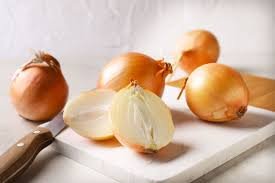
Characteristics: This onion with golden-brown skin and white interior, offering a robust, sulfurous bite when raw that transforms into deep sweet.
Key Compounds: Rich in quercetin, sulfur compounds like allyl propyl disulfide, and vitamin C.
Health Benefits:
-
Diabetes Management: enhance insulin production and improve glucose metabolism.
-
Antimicrobial Properties: Effective against bacteria including E. coli and S. aureus, supporting immune function.
-
Respiratory Health: Acts as a natural decongestant and may alleviate asthma symptoms.
Culinary Tip: Ideal for soups, stews, and slow-cooked dishes where their sweetness enhances the flavor.
3. Sweet Onions (Vidalia, Walla Walla, Maui)
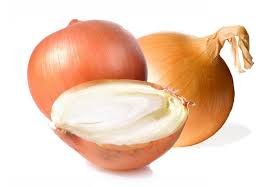
Characteristics: Larger and flatter than yellow onions with lighter skin, they contain more water and sugar (up to 12% sugar content), resulting in exceptionally mild flavor.
Key Compounds: Lower sulfur compounds but still contain significant quercetin.
Health Benefits:
-
Digestive Health: High in prebiotic inulin and beneficial for gut bacteria, improving digestion and immunity.
-
Bone Support: Good source of calcium and compounds that may inhibit bone resorption.
Culinary Tip: Perfect for onion rings, fresh salsas, and caramelizing due to their high sugar content.
4. Shallots
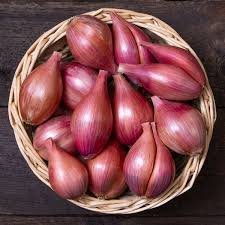
Characteristics: Small, copper like skin, like garlic, offering a delicate, slightly garlicky flavor.
Key Compounds: Highest ORAC (antioxidant) score among onions, rich in allicin and kaempferol.
Health Benefits:
-
Cardiovascular Protection: Demonstrates potent antiplatelet activity, reducing thrombosis risk .
-
Anticancer Potential: Taiwanese studies indicate shallot compounds inhibit cancer cell growth, particularly in colon and liver cancers .
Culinary Tip: Mince finely for dressings, sauces, or roast whole for a sweet, nuanced flavor .
5. White Onions
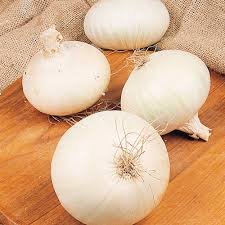
Characteristics: Bright white skin and flesh with a crisp, juicy texture and sharper bite than yellow onions but less aftertaste.
Key Compounds: Good source of allicin, vitamin C, and flavonoids like quercetin (though lower than red/yellow).
Health Benefits:
-
Immune Support: High vitamin C content (8.14mg per medium onion) boosts white blood cell function
-
Antibacterial Action: Effective against ulcer-causing H. pylori bacteria when consumed raw.
Culinary Tip: Preferred in Mexican cuisine, fresh salsas, chutneys, and atop tacos for their clean, pungent flavor.
6. Scallions/Green Onions
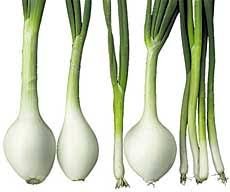
Characteristics: Immature onions harvested before bulb formation, featuring long green stalks and small white bulbs.
Key Compounds: Exceptionally high in vitamin K (210% DV per ½ cup) and chlorophyll.
Health Benefits:
-
Bone Health: Vitamin K activates osteocalcin, crucial for bone.
-
Cancer Prevention: A National Cancer Institute study linked high scallion consumption to 70% reduced prostate cancer risk
Culinary Tip: Use raw in salads, stir-fries, or as garnish; both green and white parts are edible
7. Leeks
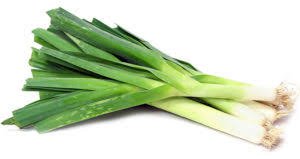
Characteristics: Resemble oversized scallions with tightly bundled flat leaves and a subtle, sweet flavor.
Key Compounds: Excellent source of prebiotic fibers, vitamin A, and lutein .
Health Benefits:
-
Vision Protection: Lutein and zeaxanthin protect against macular degeneration.
-
Mineral Absorption: Prebiotics enhance calcium and magnesium uptake
Culinary Tip: Slice the white/light green part for soups or braise whole; wash thoroughly to remove grit between layers .
Nutritional Comparison of Key Onion Varieties (Per 100g Raw)
| Variety | Key
Antioxidants |
Vitamin C | Notable
Minerals |
Special
Benefits |
|---|---|---|---|---|
| Red
Onion |
Anthocyanins,
Quercetin |
7.4mg | Potassium:
146mg |
Highest
cancer protection |
| Yellow
Onion |
Quercetin,
Isorhamnetin |
7.2mg | Manganese: 0.16mg | Best for
blood sugar control |
| Shallots | Allicin,
Kaempferol |
8.0mg | Iron:
1.2mg |
Highest
ORAC score |
| Scallions | Vitamin K,
Chlorophyll |
18.8mg | Vitamin K:
207μg |
Strongest
bone support |
| Leeks | Lutein,
Prebiotic fibers |
12.0mg | Vitamin A:
1667IU |
Best for
gut health |
Sources:
- https://www.bodi.com/blog/types-of-onions
- https://www.healthline.com/nutrition/foods/onions
- https://www.dole.com/en-gb
Potential Side Effects & Precautions
While generally safe, onions may cause:
-
Digestive issues in IBS sufferers (high FODMAP)
-
Heartburn in those with acid reflux
-
Allergies in people sensitive to mugwort/celery 5]
Tip: Cooking reduces digestive irritation.
How to Store Onion
-
Select: Firm bulbs with dry, papery skins. Avoid sprouts or soft spots.
-
Store: In a cool, dark, well-ventilated place (not plastic bags!). Whole onions last 2-3 months.
-
Freeze: Chop raw, freeze on a tray, then transfer to bags for cooking.
Conclusion
From boosting heart health to fighting infections, onions prove that powerful medicine can come from the tasty foods.


